Offshore wind energy is rapidly growing along the coasts. Can the Midwest follow suit?
Three-bladed wind turbines at one of Asia’s largest wind farms are seen in the backdrop of Western Ghats at Aralvaimozhi, southern Tamil Nadu state, India, Friday, April 2, 2021. (AP Photo/R S Iyer)
How does the United States shift towards a more sustainable future centered around clean energy while creating lucrative employment opportunities in the process?
The answer is blowing in the wind.
On March 29, the Biden administration announced a comprehensive plan to jumpstart offshore wind energy projects along the Atlantic and Pacific coasts, as well as in the Gulf of Mexico. Details of the plan include accelerating the permitting of oceanic wind projects and investing in the infrastructure, research and development necessary for construction and maintenance of the projects.
Through this plan, the administration hopes to provide enough clean energy to power 10 million homes yearly, avoid 78 million metric tons of CO2 emissions, and create around 77,000 jobs by 2033.
“Offshore wind is such a large resource, such a well-placed resource in terms of being near big population centers that will need a lot of energy, and such a reliable resource,” said Emma Searson, director of Environment America’s 100% renewable campaign. “I think it will play a really big role in kind of enabling that 100% clean future.”
As the U.S. begins to heavily invest in the prospect of oceanic offshore wind energy, states along the Great Lakes – including Illinois – may be next to harness the winds above the water.
As early as 2010, former Mayor of Evanston Elizabeth Tisdahl formed The Mayor’s Offshore Wind Farm Committee in an attempt to establish a wind project beyond the city’s coastline.
“It was pretty forward-thinking of Evanston to do that, to actually seek out offshore wind,” said Kelly Tzoumis, a public policy professor at DePaul University.
After about a year however, it became increasingly clear that a litany of logistical issues would stand in the way of Tisdahl’s vision. The city lacked ports capable of offloading necessary construction materials, couldn’t guarantee a viable number of consumers, and would have needed to prove to the state’s Department of Natural Resources that the project both was environmentally safe and did not exploit the publicly-owned lakebed for private interests.
Even if all of those considerations were negated, Evanston still wouldn’t have been able to harness energy from the wind farm, as no preexisting places for the prospective wind farm to plug into existed.
“These facilities offshore – there has to be a link to the grid to make it economically viable,” Tzoumis said. “That was the problem about Evanston.”
The project has since fizzled out, as did similar projects in Ludington, Michigan and the western coasts of New York, all conceived around the same time. However, one Great Lakes project from the early 2010s has held steady, and may very well become the first freshwater offshore wind energy site in the U.S..
If completed, the Icebreaker Wind Project in Cleveland, Ohio would consist of six turbines placed eight miles off the city’s coast and provide 20.7 megawatts of clean energy. Its developers, LEEDCo, have had to gain a series of approvals from both state and federal entities throughout the last decade.
“In order to do that, they had to develop plans that addressed a variety of environmental issues,” said Jane Harf, Executive Director of Green Energy Ohio. “One of the ones that you heard a lot about were bird strikes – you hear that with any wind installation, on land or offshore – and they worked with Audubon to develop a plan to mitigate that.”
On May 21, 2020, despite the plan that had been made, the Ohio Power Siting Board ruled that Icebreaker could only move forward if its turbines were “feathered,” or turned off, every night between March 1 and November 1.
“That’s when a lot of us stepped in and said: ‘This is a poison pill for this project, you know. If you put that condition on the certification, it’s going to mean that it can’t operate,’” Harf said.
For nearly four months, LEEDCo found itself in limbo, allowed to continue but unable to do so in a financially viable manner. However, after pressure from environmental organizations and state lawmakers, the board reversed the feathering condition on October 17, 2020. While LEEDCo still must seek the board’s approval on a number of unrelated concerns, Icebreaker has likely passed its most difficult hurdle.
As Ohio’s Icebreaker project nears the end of its planning stage, several other states along the Great Lakes are just beginning theirs. In Illinois, the Pritzker-established Offshore Wind Energy Economic Development Policy Task Force is expected to meet once the pandemic ends; and in New York, a study in lakes Erie and Ontario on the feasibility of cheaper, floating turbines is ongoing with a report planned for early 2022.
“Now, with Biden and the executive order on offshore wind, and with states like New York looking at floating platforms,” said Tzoumis, “I think this is a game changer for the Great Lakes.”


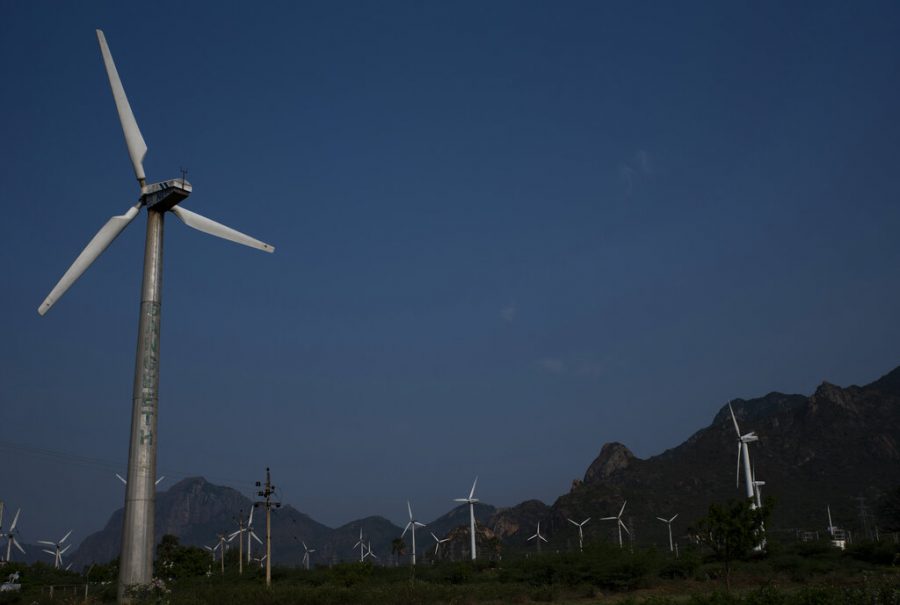




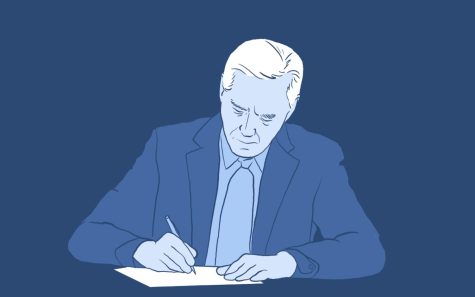
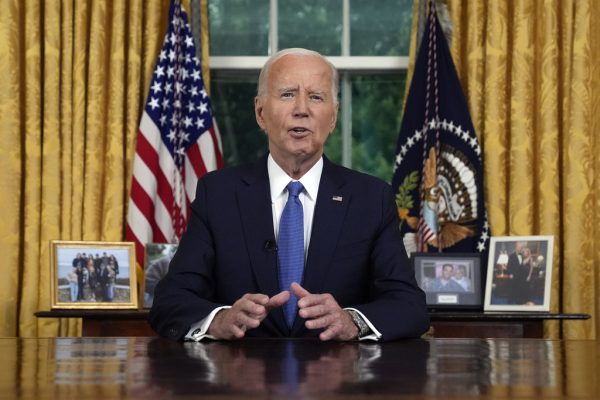
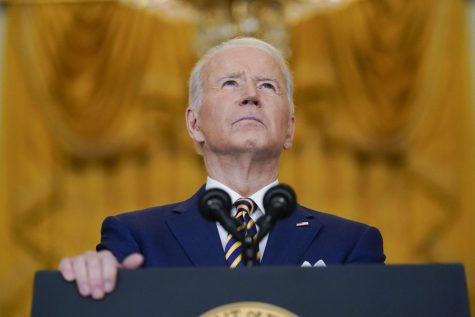





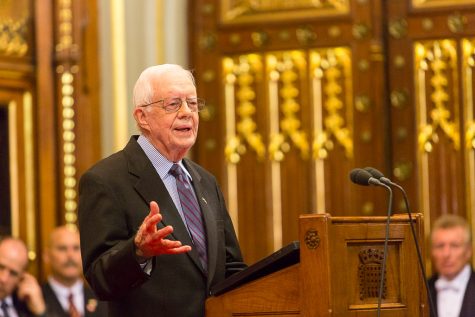


Richard L Berg • Apr 13, 2021 at 6:38 pm
Minnesota’s North Shore is no place for the visual pollution that comes with a wind farm. It would be a very hard fight just to get a demonstration project sited and built. Minnesotan’s, myself included, are proud of the pristine nature and beautiful views offered up by the North Shore. Not only that but the tourism is a major financial contributor to the region.
Dennis Luble • Apr 13, 2021 at 3:19 pm
Minnesota has no use for wind and solar intermittent not cost effective we have 31 hydro dams Minnesota uses hydro renewable energy carbon-free no batteries powered 24/7 get some freaking engineers that know something